When excited ticket holders enter the various sports venues erected in Qatar for the World Cup in 2022, they will likely not be told about the lives of the people who helped to build these impressive structures. In 2014 alone, a Nepalese migrant died on the average of once every two days while working on the World Cup venues—and this statistic doesn’t even take into account the death of Sri Lankans, Indians, or workers from Bangladesh.
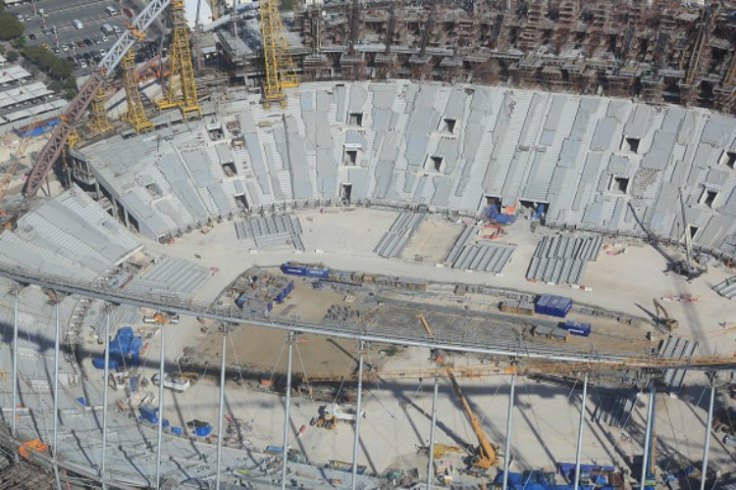

Although knowledge of the dire working conditions in Qatar have been known for many years, the release of a new report from Amnesty International has again brought the issue to the fore. The report’s organizers interviewed 132 contractors working at the Khalifa International Stadium in Doha and 102 landscapers at work on the Aspire Zone sports complex, all of whom reported human rights abuse. Migrant workers experienced withheld wages, terrible working conditions in heat that exceeds 122 °F, recruitment fees, long hours, and confiscated passports. All of this amounts to the enslavement of these workers—mostly from South Asia—in a country whose workforce makes heavy use of migrant workers. These workers are effectively banned from living in Doha and often shut out from other parts of these cities; marginalized workers in every sense of the word.
The use of contracted labor for large building projects has roots going back to antiquity. The ancient Egyptians built the pyramids at Giza between 2551 and 2472 BC, and we are told by the Greek historian Herodotus, writing 2,000 years after the pyramids were built, that 100,000 slave workers were employed in shifts in order to build the Great Pyramid of the pharaoh Khufu. However, new archaeological evidence suggests that these may actually have been free, paid laborers from impoverished Egyptian families.
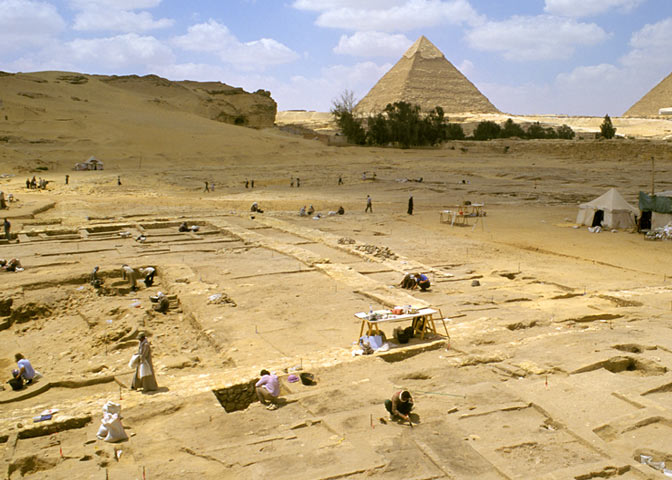
These voluntary workers were given clothes by the state and a little meat and bread to eat, but many likely died during the construction of the pyramids. The discovery of the graves of buried pyramid workers have uncovered that their skeletons have signs of arthritis and strain. As site archaeologist Adel Okasha noted, “Their bones tell us the story of how hard they worked.” The identities of the workers that died to build the pyramids remained largely unknown, yet the names of the pharaohs continue to be attached to these great structures.
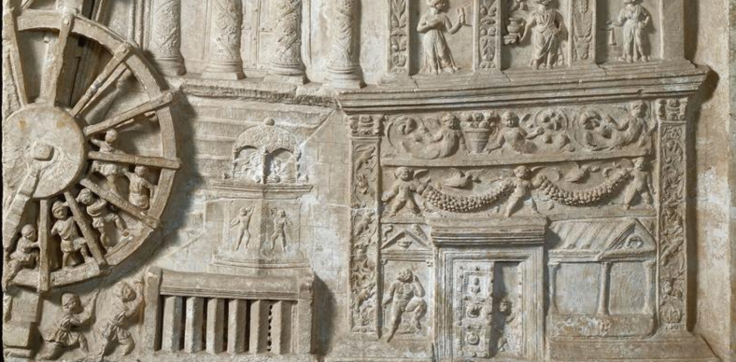
In many Roman and Greek cities within the Mediterranean, slaves owned by cities—referred to as servi publici by Romans or δημόσιοι by the Greeks—were a ready source of labor for building projects and for performing city maintenance. Laborers could also be pulled from the populace when needed. In the 6th c. BCE, construction of the Cloaca Maxima, Rome’s massive sewer, began. The laborers were largely free Roman workers conscripted from among the urban plebs and forced to work in arduous and (it must be assumed) a rather malodorous environment. We are told by one Roman historian that the last king of Rome, Tarquin the Proud, crucified the bodies of those workers who committed suicide rather than continue to build the massive sewer for the city. The king put their corpses on ignominious display rather than allow them a proper burial.
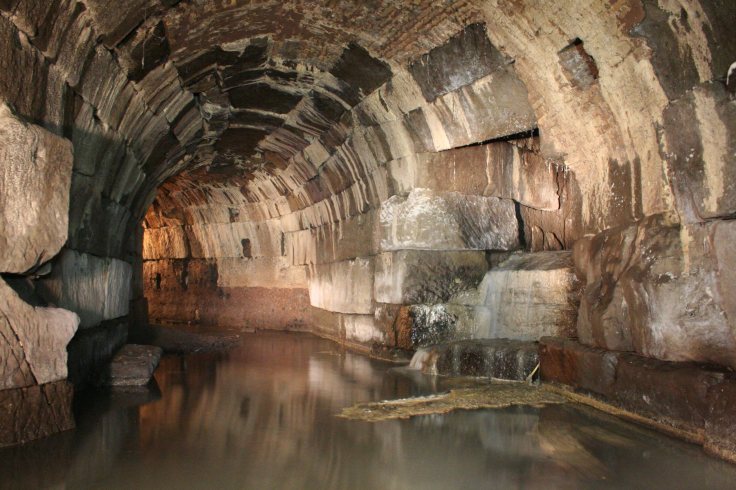
During the Roman imperial period, about 12,000-20,000 workers were involved in construction at any one time within the city of Rome. Construction was a constant labor sector that used a mixture of freed slaves, slaves, and freeborn citizens likely contracted and then rotated in and out of various building projects. Historian Janet DeLaine has calculated that on average, 6,000 men worked on the Baths of Caracalla (inaugurated in 216 CE) for 12 hours a day for 6 years. It is difficult to give exact numbers on those that died during ancient building projects, but some monuments do contain infamous nicknames that hint at it. The Great Wall of China, begun in 221 BCE, is still nicknamed “the longest cemetery on earth,” a reference to the over 300,000 convicts, slaves, and free workers who died helping to create the wonder.
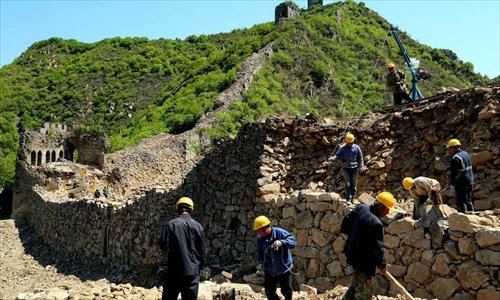
How then should we remember the slaves of the past that built the structures we still enjoy today? This question often ran through my mind as I worked as an archaeologist excavating slave houses at Thomas Jefferson’s Monticello. Slaves worked as carpenters and joiners in order to construct the house that Jefferson would live within. The issue is similarly prominent just down the hill in Charlottesville, at the University of Virginia. Here 67 poorly-marked grave shafts for free and unfree African-Americans were found north of the University Cemetery in 2012.
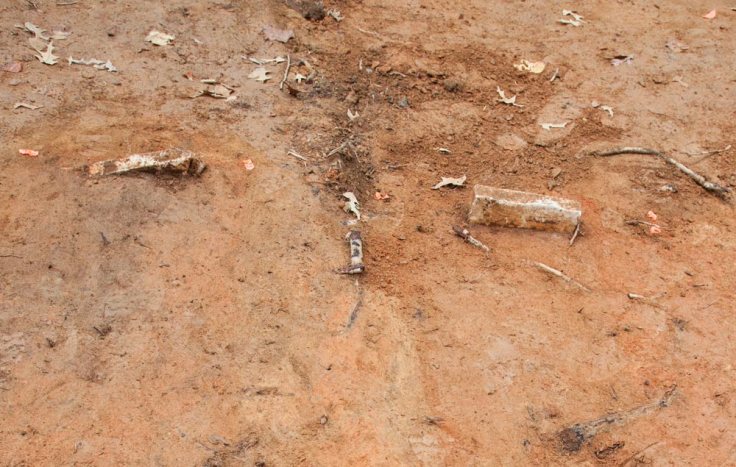
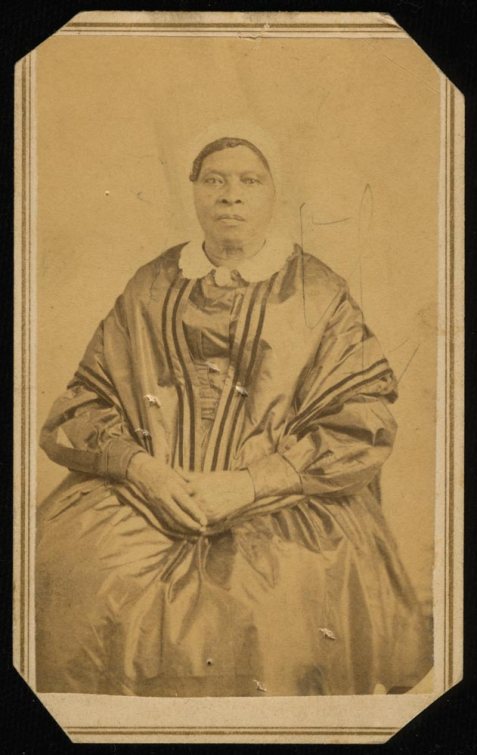
An 1898 Alumni Bulletin, referenced “servants” previously buried in the area. The term “servants” was a prevalent euphemism for slaves. From 1817 until 1865, slave workers were used alongside white workers and freed blacks to build and maintain the grounds at UVa, much as slaves were used to build and maintain other university campuses: Washington & Lee University and the University of North Carolina at Chapel Hill, for example. As an alumna of UVa and a former faculty member at Washington & Lee University, I have grappled with my love-hate relationship with the buildings that I admire. However, I am glad to see a heightened awareness of the need to remember the life and status of the constructor—not just the construction.
At the beginning of the ancient slavery seminar I teach every few years (Syllabus here; I will be teaching it again in the Fall with a colleague), I ask students to respond to an impromptu quiz about servitude in the modern world. One of the questions is: “Does slavery still exist?” Most respond that it was abolished in 1865. In fact, the anniversary for the pivotal 13th amendment, which abolished slavery within the United States has just passed. It initially passed through the Senate on April 8, 1864, although it was not fully ratified until December of 1865. Over the course of the semester, students work hard to explore the global history of slavery and to recognize the persistence of servitude in the world today: The trafficking of sex workers in the U.S. (particularly during the Super Bowl), the enslavement of Haitians on sugar farms in the Dominican Republic, and, yes, the abuse of migrant construction workers in foreign countries like Qatar.
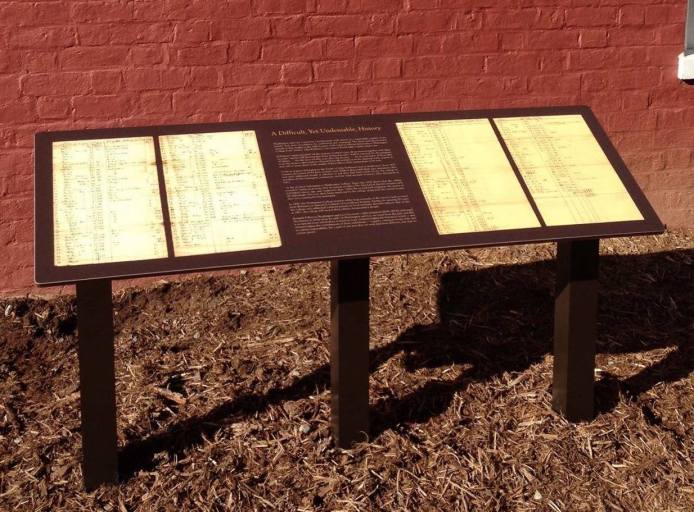
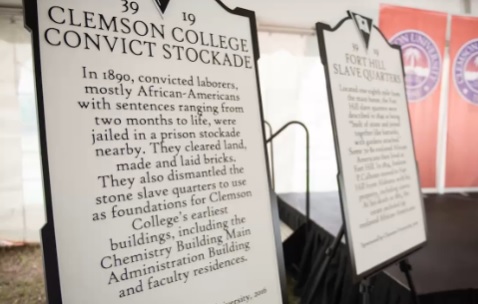
Whether euphemistically called a “servant” or a “migrant worker,” a slave by any other name is still a slave. If we abstractly recognize the human rights of all, then we must put this belief into practice. There is no doubt that we must remember the hands of the enslaved men and women who built some of the world’s greatest monuments, but we can go beyond just the passive pause to read a commemorative plaque outside of Monticello. Refusing to attend the Qatar World Cup is a pledge that all of us can take, even if we can’t bring back the thousands who have already died in the name of building venues to house our bread and circuses.

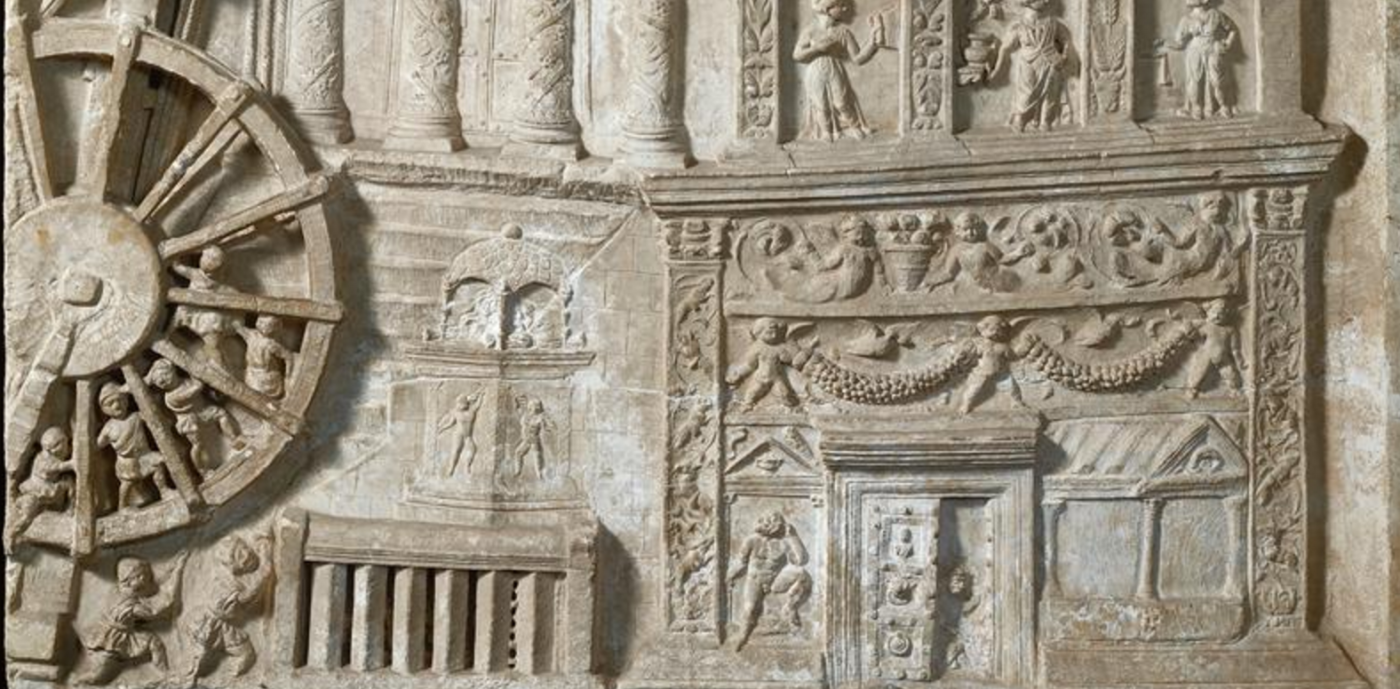
Thanks for this piece reminding us of modern-day slavery’s links with the past, & that, historically, servitude comes in many forms.
In addition to Qatar’s appalling World Cup labour record as you have outlined, the Australian campaign group Walk Free Foundation’s global survey in Nov 2014 identifies India, China & Pakistan as the top three countries for numbers of slaves in the contemporary world.